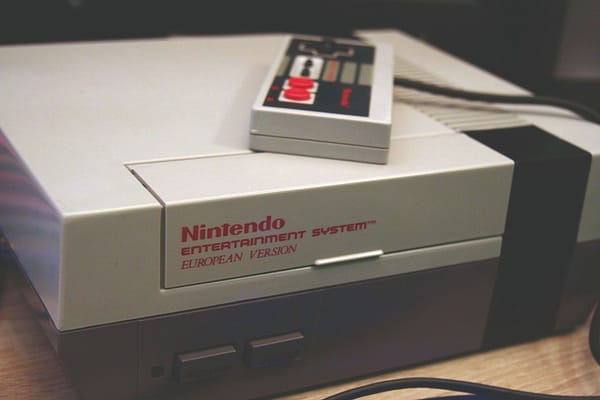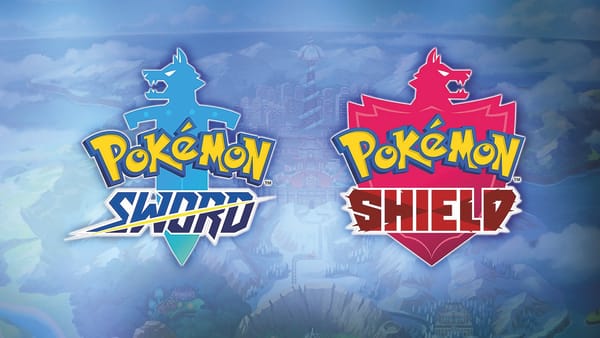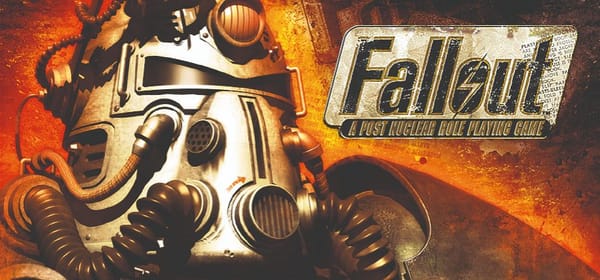Halo Reach on PC: A Perfect Port, but a Flawed Game
Eight years after its release on Xbox 360, the iconic game makes its way to PC with a port by 343 Industries. Felix Games breaks down the good and the bad, tinged by a sense of childish joy and nostalgia

Let me make one thing clear: I am absolutely biased. Halo Reach was a significant part of my teenagedom; I spent a frankly unhealthy amount of hours sprinting around the wide landscapes and vast alien structures of the original game. It defined my social life – I’d host huge all-night LAN parties with my friends, joined online fan groups where I made years-long friends across continents and oceans. We’d all rush home from school to play every night.
I don’t say this as a disclaimer, but rather to highlight that this is one of those games which means more to me – and to many others – than just the quality of its mechanics and gameplay. It’s condensed and purified nostalgia, splattered across my laptop screen in glorious high-resolution in an attempt to digitally recreate the feeling of childhood itself. So many people have been excited for so long to see this game re-release in an accessible format.
Does it live up to the hype? Well, yes. And no.
The story is as engaging as ever – it’s not Dostoyevsky, but it does provide a significantly more compelling story than almost any other competitive-style FPS. This is what set aside Halo from the get-go in the early 2000s; its dedication to constructing a world, lore, and – in Reach at least – characters that are engaging and capture the sense of wonder, scale, mystery, and often downright creepiness that defines the series. Technical issues do mar the campaign experience – while multiplayer has dedicated servers, campaign is only supported via player-to-player connections, resulting in high input lag even for players in the same country.
The game itself plays fantastically at standard settings. It’s a marvellous port – it’s broadly unmarred by the issues we associate with the word ‘port’ itself. I’m still scarred by my attempts to play Dark Souls on PC using a mouse and keyboard. Halo Reach contains few of those errors. Animations play smoothly, the gunplay feels fluid and true to the original, even despite the change to a mouse and keyboard input. Halo multiplayer was always defined by its unique feeling when compared to other competitors like Call of Duty or Battlefield, one that valued aspects such as consistent aiming and longer gunfights than instant reactions and snap headshots. They have successfully maintained that sensation, and it is a joy to experience.
The AI, too, has ported successfully. Bungie was famous for its AI back in the days of Halo: CE; the utilisation of different tactics or styles of combat by different enemies made combat dynamic and frenetic, with variation in gameplay that was fundamental to the quality of the campaign. And, as ever, where the AI stutters, there is always a Brute with a Gravity Hammer to kick things back up a notch.
However, one core gameplay issue is the heavily magnetised aim assist. They’ve included support for both controller and mouse and keyboard, with the key differentiator being that using a controller bequeaths the player some of the strongest aim assist in modern shooters. It can make online games feel rather unfair when trying to enjoy the PC experience many people have been waiting for, and I anticipate that the aim assist will be nerfed in future – or, optimally, an option would be enabled to search for aim assist-disabled games.
The graphical smoothness also runs into problems if a player unlocks their framerate. Players have reported issues with screen tearing, as well as animations only running at a flat 60fps – meaning that at higher frames-per-second, animations will skip over frames or, in the worst case scenario, end up non-linear due to ‘averaging out’ the 60fps animation over an arbitrary fps set by the player. There are also very few customisation options for graphics: a failure to utilise one of the strongest advantages PC has over console.
However, naturally, with higher resolution and enhanced graphics, the game still looks ten times better than it did in 2011 – and I played that version until my fingers damn-near bled, so I have no qualms about diving into a visually improved port. The visuals get a thumbs-up from me, with the hope that they develop customisation further during the broader Master Chief Collection development.
Sound quality is, unfortunately, a let-down. Yes, booting it up and hearing that iconic soundtrack play through my headphones had me literally jumping for joy and, of course, singing along in a broken baritone. However, the SFX are, frankly, broken – they sound significantly worse than the original game. The sound of guns, vehicles, and other effects are muffled and lacking in impact, sounding woolly – it can, at the worst moments, feel as if you are playing underwater. Halo is, I would argue, one of the few shooters in which immersion and sound are important beyond the potential impact on competitiveness, precisely because of the brilliant world-building it employs. I would anticipate a future fix for this problem, but for the moment it’s the largest downside the game has.
Outside of the game itself, 343 has completely reworked every aspect – sadly, for the worse. The old progression system, in which levels unlocked cosmetic items which were then bought with credits earned in-game, has been replaced with a substantial downgrade. New cosmetic items are only unlockable in turn as one levels up, a predetermined item per level-up. This is objectively just worse than the original’s system, and it is mind-boggling that 343 decided to implement it.
Menus have also suffered, with a clunky UI and unintuitive design. Again, key features have been removed – the original allowed players in a lobby to vote between several map and game mode options, whereas this is now randomised. Why?
As a final note – 343 did make one inspired decision, which was to release the game on Steam. The platform provides two major benefits: ease of accessibility and popularity, and a decent infrastructure for mod support. 343 have enabled mod support on the game – and this might be pure genius. The highlight of many Halo players’ experiences were the custom game modes and Forge map variants – the creativity of players was massively celebrated and enabled. Now imagine what we can do with mods!
With that said, where does the verdict fall? Overall, it’s a fantastic port, but a flawed game. Every aspect kept and ported from the original game works like a charm, which is high praise in itself – ports are notorious for, in short, sucking. However, the places where 343 decided to override the original design or implement their own features (such as the framerate unlocking) are almost universally flawed in their implementation or fundamental concept.








